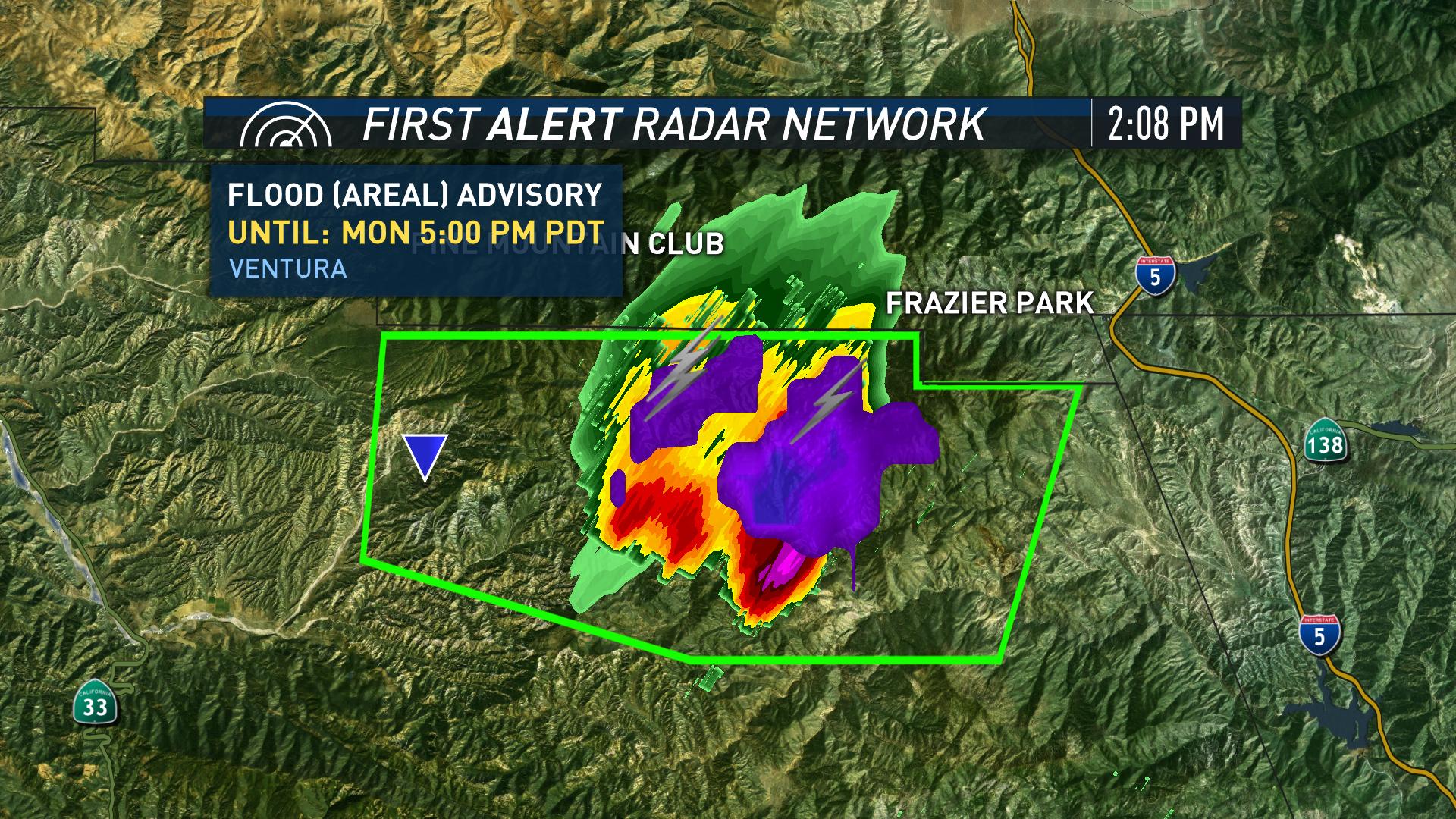

Monteverde, located in the highlands, sees significantly more rainfall, winds and cooler weather than towns in the northern lowlands. Wet season in the northern highlands and lowlands (May-Nov.) From mid-day on, expect scattered showers for the rest of the day and into the night. Get out and enjoy the sunshine in the morning and brace for the rain to start falling in the early afternoon. Similar to the Pacific, the rain falls rather consistently at the same times every day. Wet season in the Central Valley (May-Nov.) The predictable pattern makes it easy to plan activities and meals so that you get the most out of the sunshine and the rain. In general, the rain falls mostly during the early afternoon and evening, with a couple-hour window to grab dinner before it starts falling again overnight. Wet season in the Pacific has the additional benefit of being fairly consistent.

Not only are the hotel prices more affordable, the countryside flourishes with an entire color wheel of green and that's not to mention the flowers. Just because there's a little bit of rain, doesn't mean it's not worth visiting the Pacific during the wet season. Because of the volume of rain, there's also a lot of humidity with daily average hovering around 86 percent. Temperatures range between 77 and 90 degrees and remain fairly consistent year-round with an average of 81 degrees.

The best times to visit are between March and April and September and October when the Caribbean sees the least amount of rain. Though the Caribbean has no definable dry season, but that doesn't mean there isn't any sun. The Caribbean receives 141 inches of rain annually with a similar climate stretching from Tortuguero in the north all the way down to Manzanillo at Costa Rica's southern tip. Dry season in the Caribbean (March/April Sept./Oct.)
#CORONA WEATHER SEPTEMBER FREE#
Visit Arenal in the dry season for you best chance of seeing the Arenal Volcano free from cloud cover. The best times to visit depend upon what you want to see. Winds increase with elevation making Monteverde particularly windy. Average temperatures hover around 86 degrees in the lowlands and 70 degrees in the highlands. Spanning Arenal, Monteverde and Ciudad Quesada, the Northern highlands and lowlands weather is determined by elevation. Dry season in the northern highlands and lowlands (Dec.-April) The weather in the central valley is the mildest of the whole country, with average temperatures between 72 and 75 degrees, a high of 84 degrees and a low of 64 degrees. The Central Valley encompasses the area around San Jose and its outlying cities including Alajuela (where you'll find the Juan Santamaria International Airport), Heredia, Grecia, Escazu, Cartago, Naranjo and others. Dry season in the Central Valley (Dec.-April) Down in the Osa Peninsula, near Costa Rica's border with Panama, it rains more frequently and the weather is more similar to the Caribbean region, though the dry season remains the same as the rest of the Pacific. As you move south down the Pacific coast into the central Pacific around Jaco and Manuel Antonio, you can expect more temperate weather: a little milder with a little bit more rain. Visitors can expect the driest weather in the northern Pacific region known as Guanacaste. While the dry season begins early and ends later some years, in general, visitors can expect the best weather from the beginning of December to the middle of April with temperatures ranging between 80 and 100 degrees and an average of 82 degrees. So while Guanacaste, in the Pacific, retains the title as the driest part of the country, the Caribbean gets doused with daily tropical rains for most of the year. This is almost entirely thanks to the five mountain ranges running from north to south splitting the country into different climates. But the proverbial "dry season" is not the same throughout the entire country.


 0 kommentar(er)
0 kommentar(er)
